GPCR/G protein

All GPCRs share a common seven trans-membrane structure. GPCRs are associated with heterotrimeric G-proteins which are GTP-binding proteins made of alpha, beta, and gamma subunits. When a ligand binds to GPCR, it activates the attached G-protein, the GDP is replaced with GTP. The activated G-protein then dissociates into an alpha and a beta-gamma complex which activates downstream signaling pathways. These intracellular signaling pathways include cAMP/PKA, calcium/NFAT, phospholipase C, protein tyrosine kinases, MAP kinases, PI-3-kinase, nitric oxide/cGMP, Rho, and JAK/STAT.
GPCRs are one of the most important therapeutic targets for various diseases, over 30% of all modern medicinal drugs target this family. Aberrant GPCR functions are involved in pathological conditions such as neurological, immunological and hormonal disorders. A large number of GPCRs have been identified, but whose ligands are not known, are classified as orphan receptors.
-
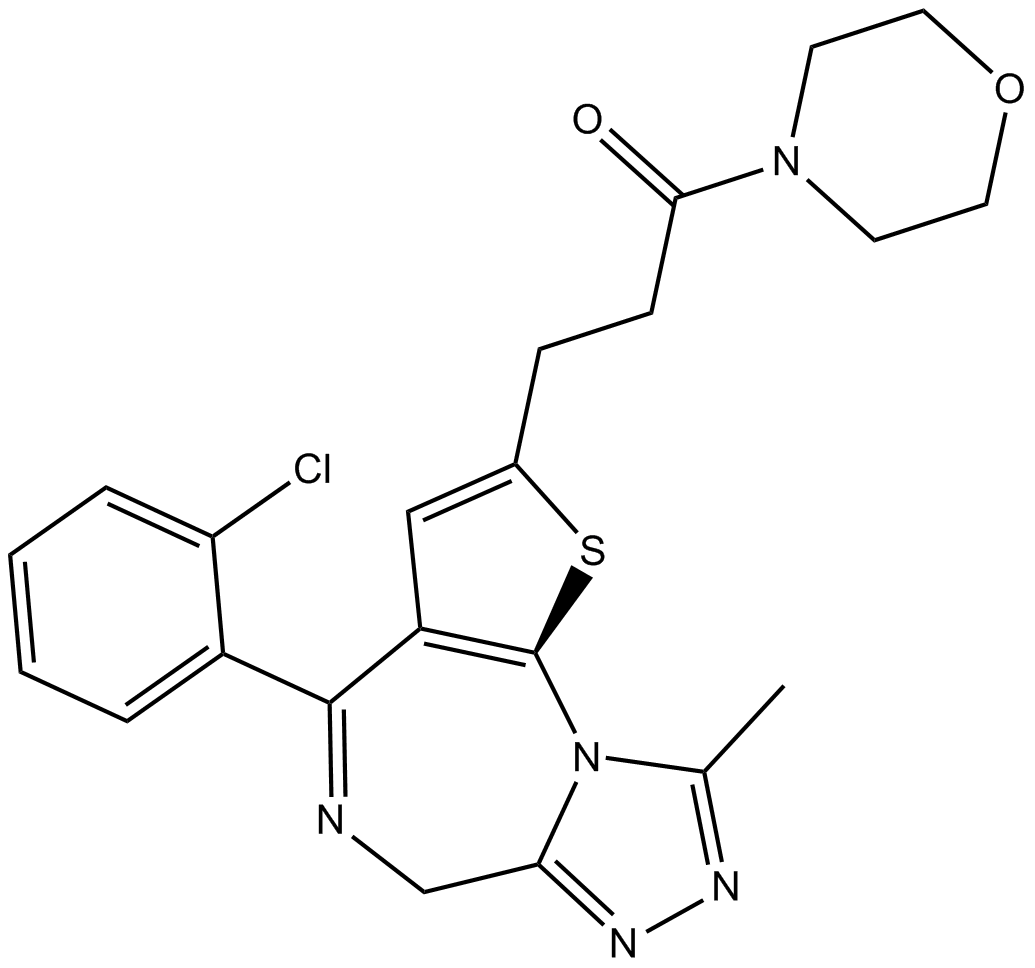 B7024 WEB 2086Summary: platelet-activating factor (PAF) receptor antagonist
B7024 WEB 2086Summary: platelet-activating factor (PAF) receptor antagonist -
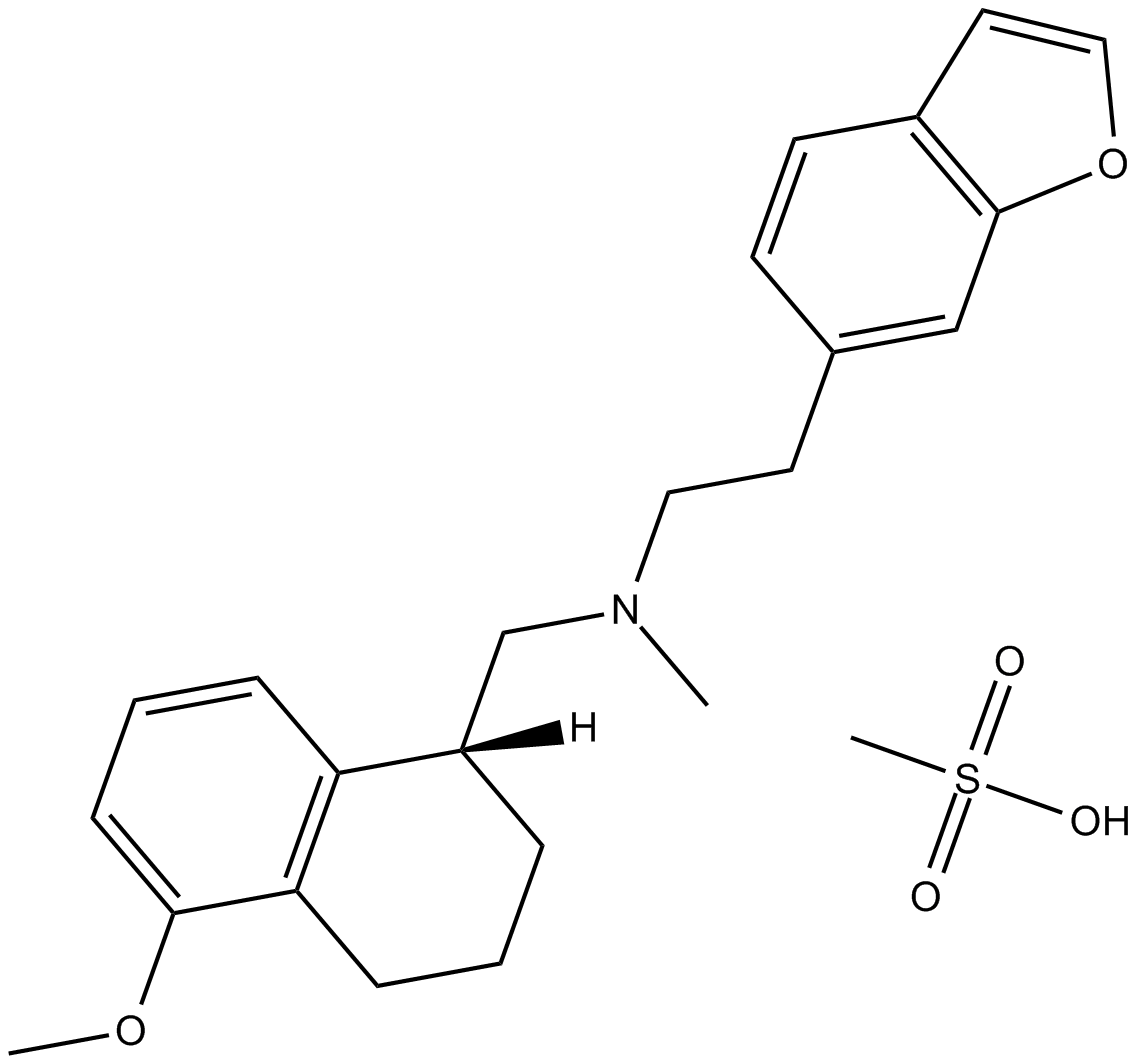 B7025 A 80426 mesylateSummary: α2-adrenoceptor antagonist and 5-HT uptake inhibitor
B7025 A 80426 mesylateSummary: α2-adrenoceptor antagonist and 5-HT uptake inhibitor -
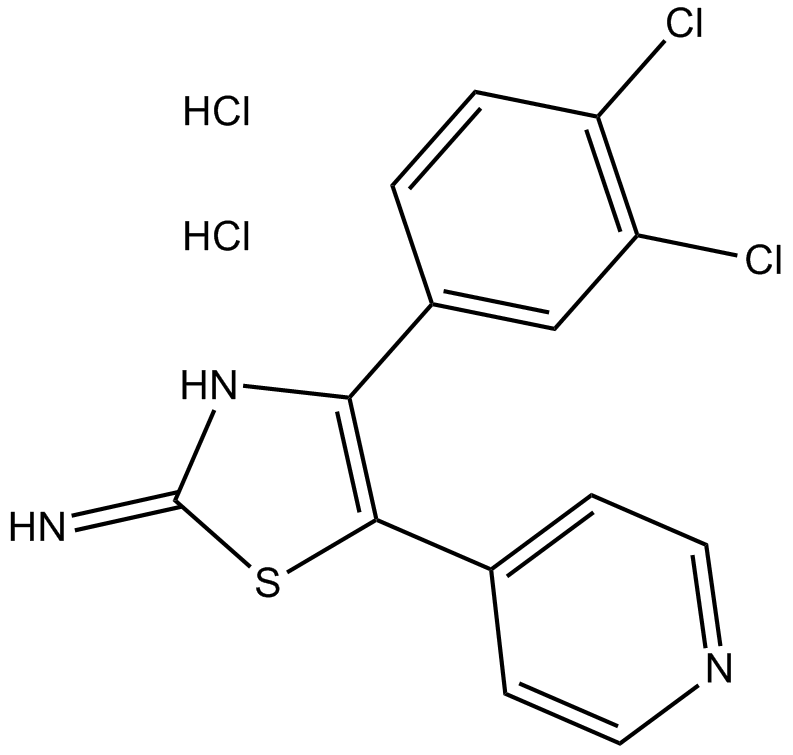 B7027 CGH 2466 dihydrochlorideSummary: adenosine receptor antagonist
B7027 CGH 2466 dihydrochlorideSummary: adenosine receptor antagonist -
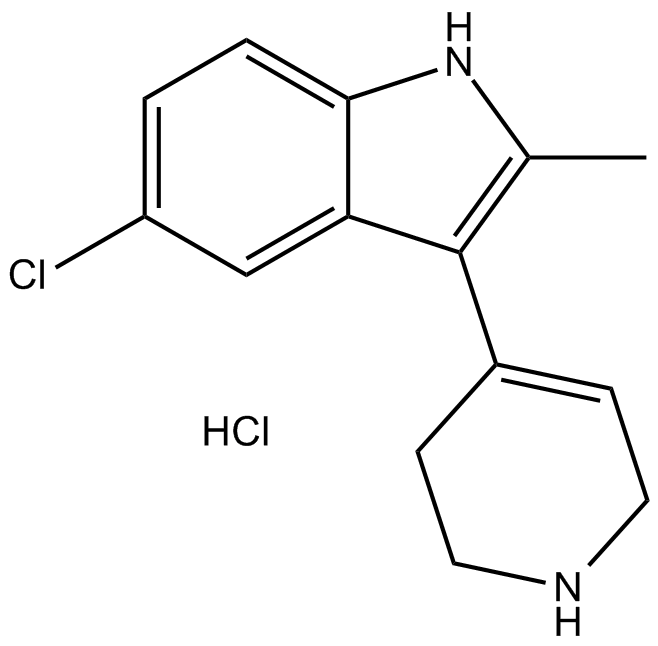 B7032 EMD 386088 hydrochlorideSummary: 5-HT6 receptor agonist
B7032 EMD 386088 hydrochlorideSummary: 5-HT6 receptor agonist -
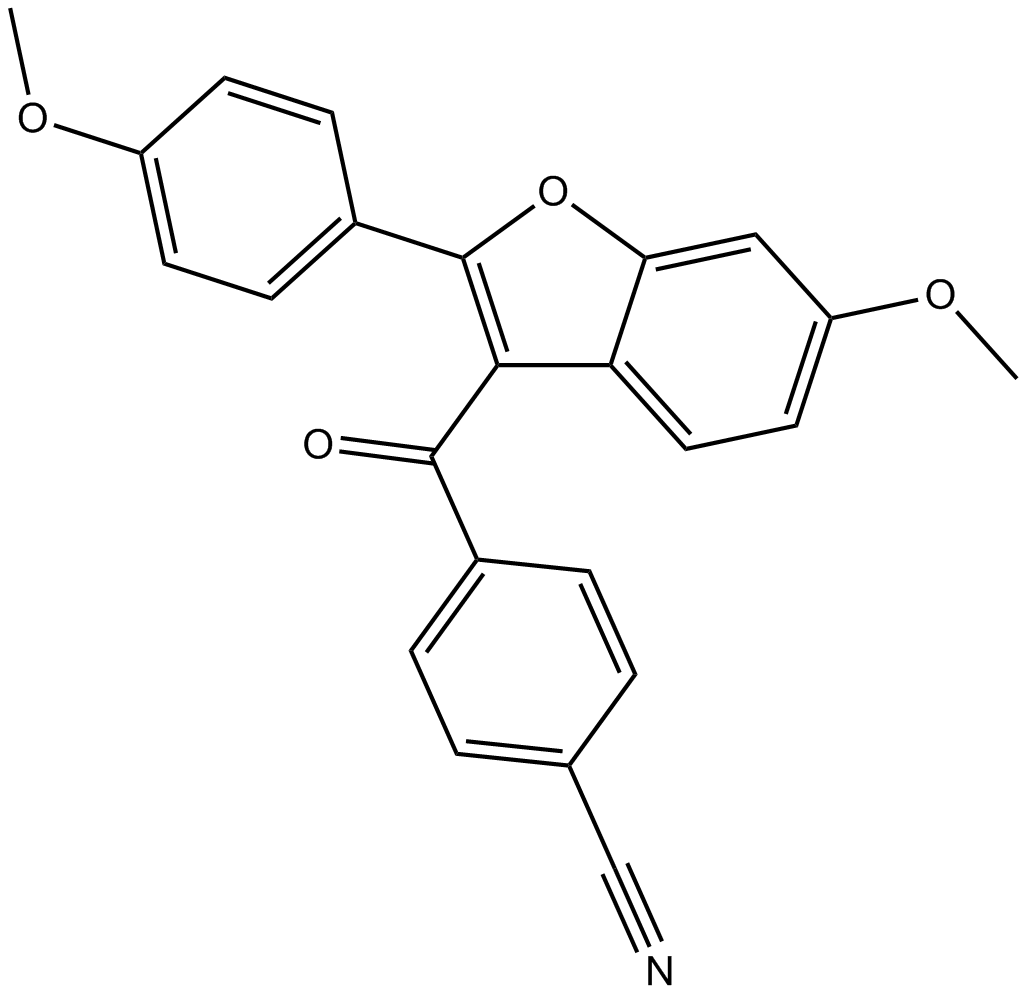 B7036 LY 320135Summary: CB1 receptor antagonist/inverse agonist
B7036 LY 320135Summary: CB1 receptor antagonist/inverse agonist -
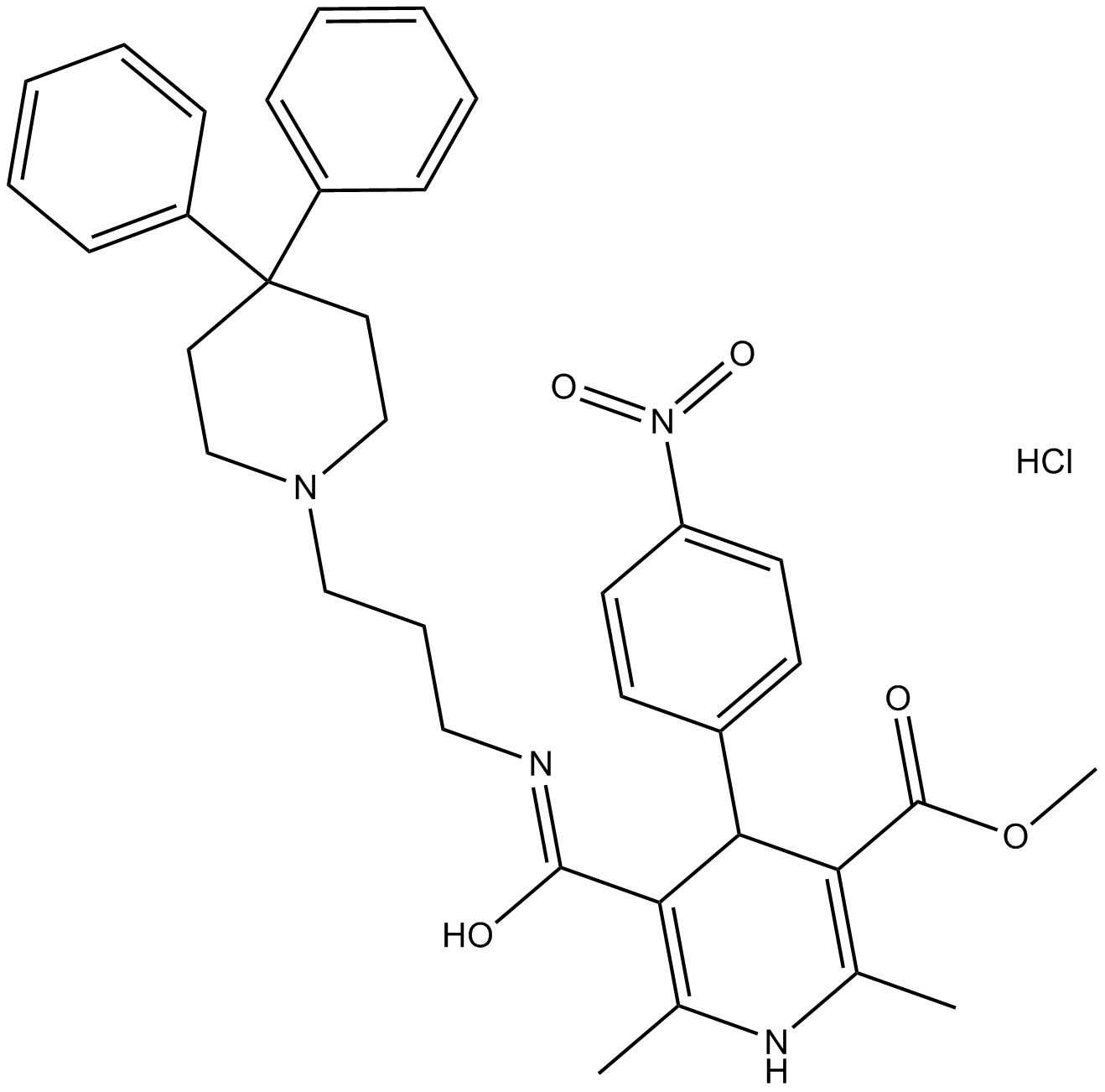 B7040 SNAP 5089Summary: α1A-adrenoceptor antagonist
B7040 SNAP 5089Summary: α1A-adrenoceptor antagonist -
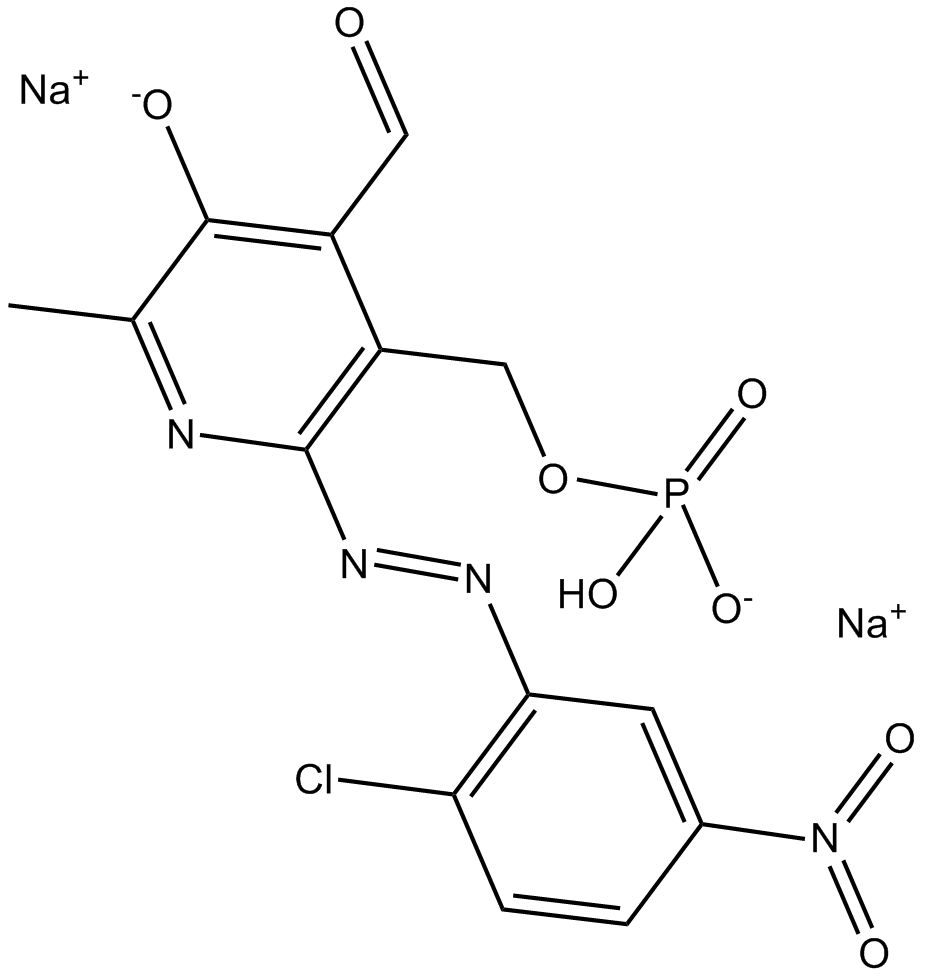 B7041 MRS 2211Summary: P2Y13 receptor antagonist
B7041 MRS 2211Summary: P2Y13 receptor antagonist -
 B7047 BIBO 3304 trifluoroacetateSummary: NPY Y1 receptor antagonist,highly selective
B7047 BIBO 3304 trifluoroacetateSummary: NPY Y1 receptor antagonist,highly selective -
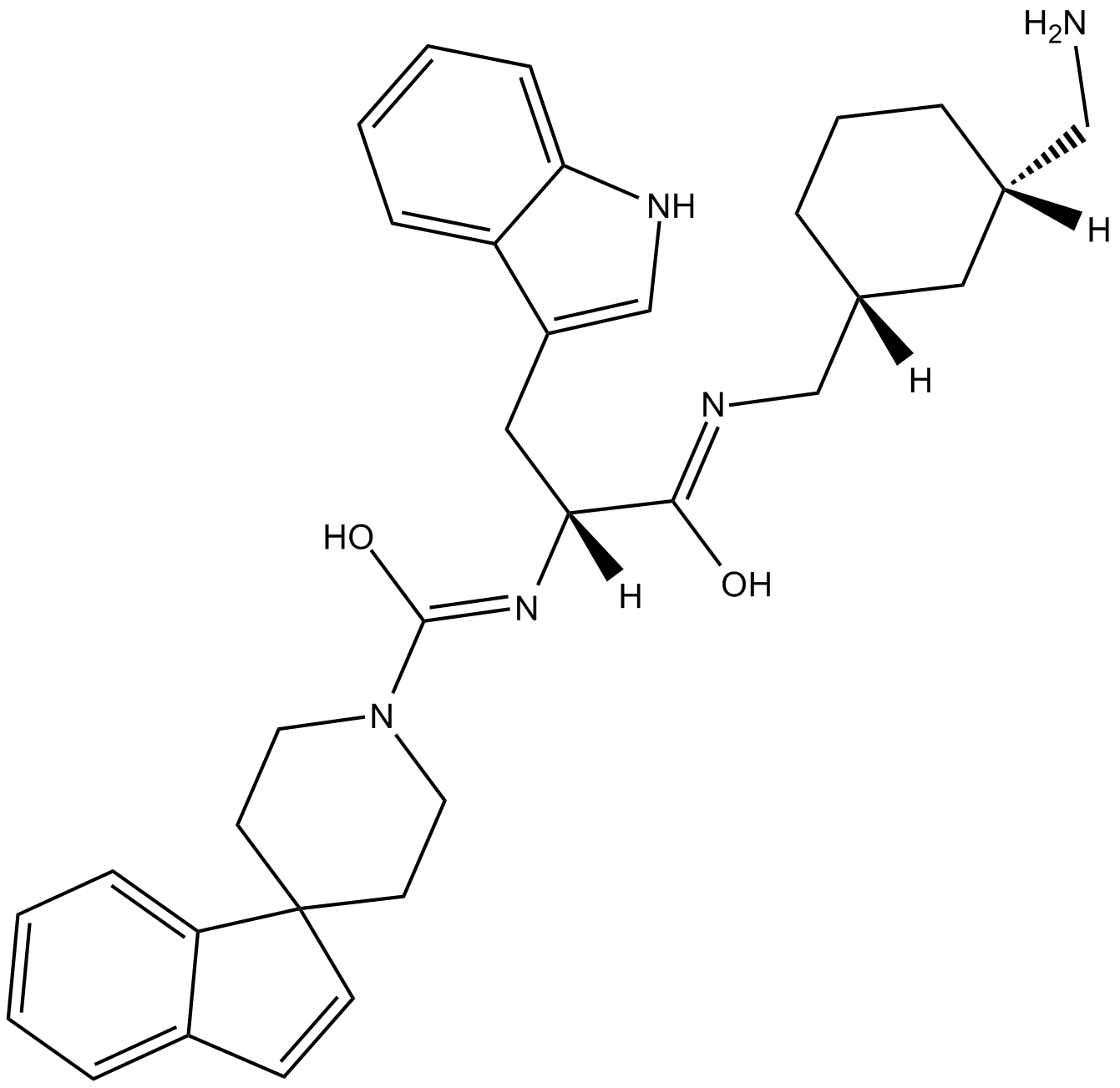 B7057 (1R,1'S,3'R/1R,1'R,3'S)-L-054,264Summary: somatostatin sst2 receptor agonist
B7057 (1R,1'S,3'R/1R,1'R,3'S)-L-054,264Summary: somatostatin sst2 receptor agonist -
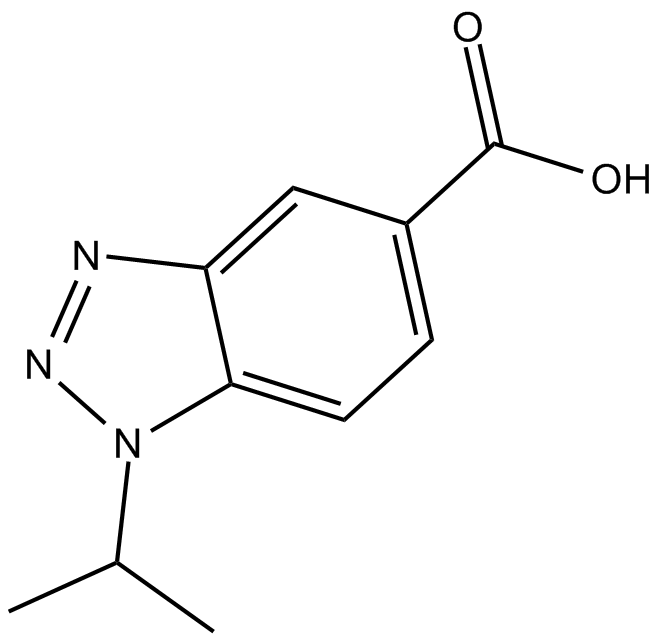 B7069 IBC 293Summary: GPR109B (HM74) agonist
B7069 IBC 293Summary: GPR109B (HM74) agonist

